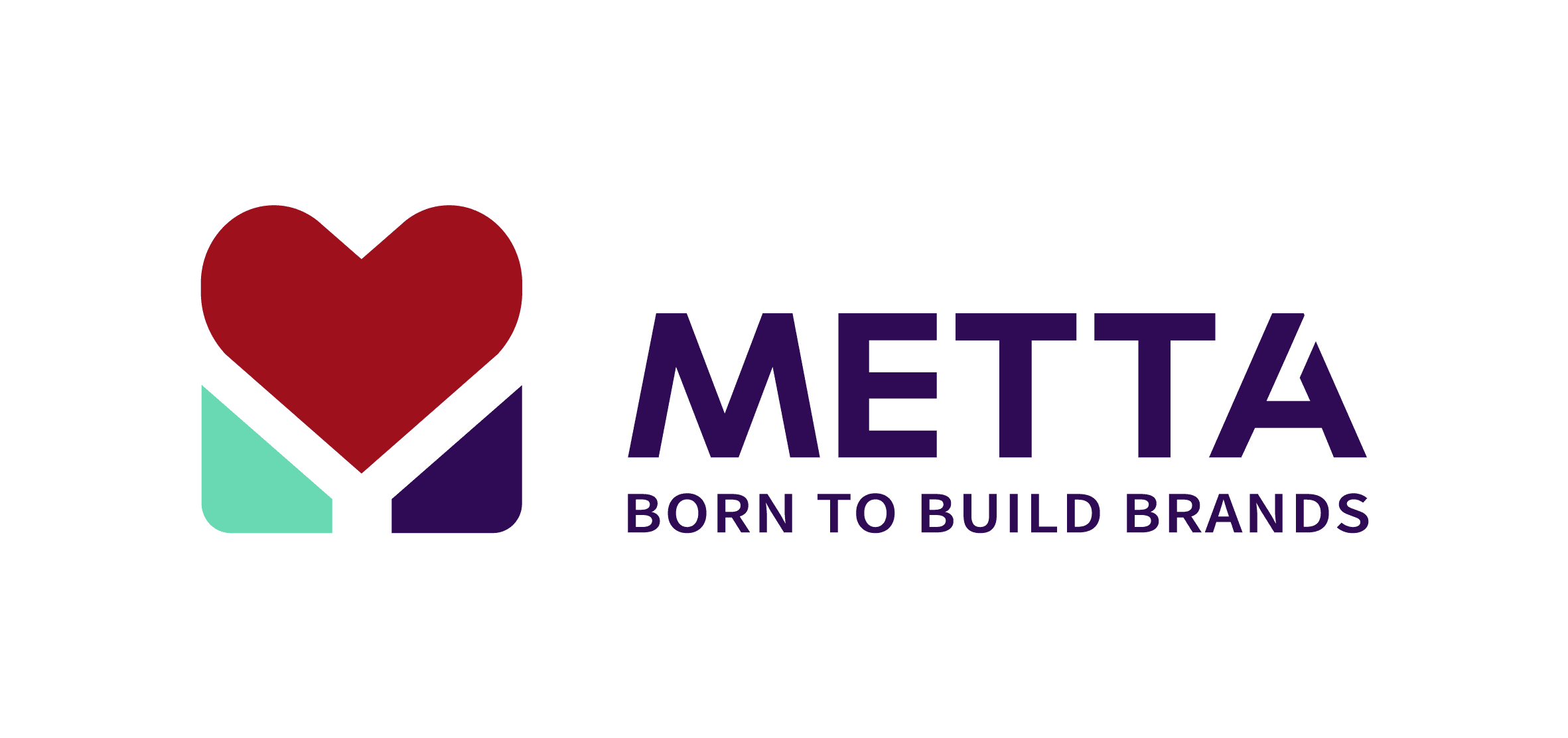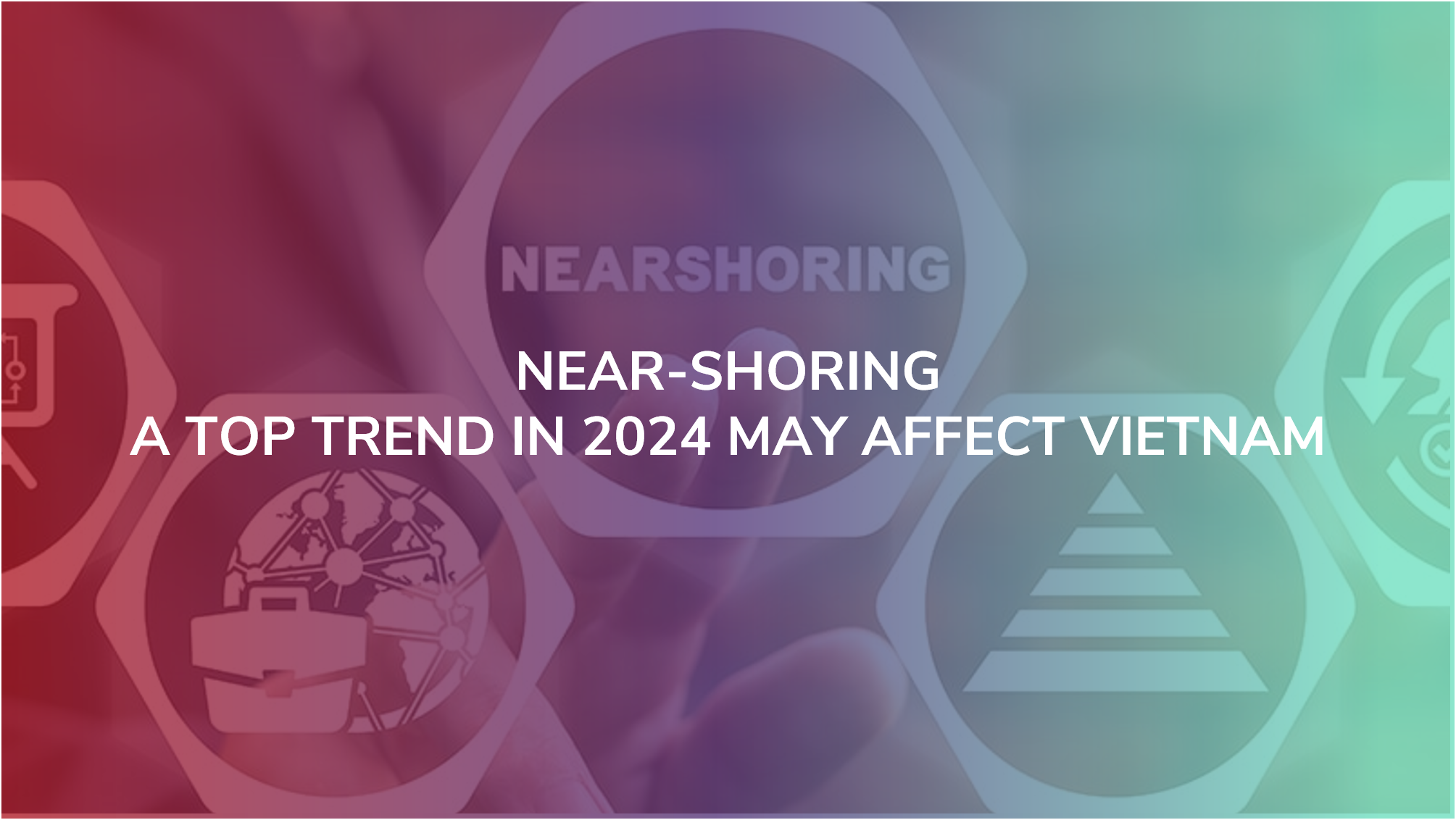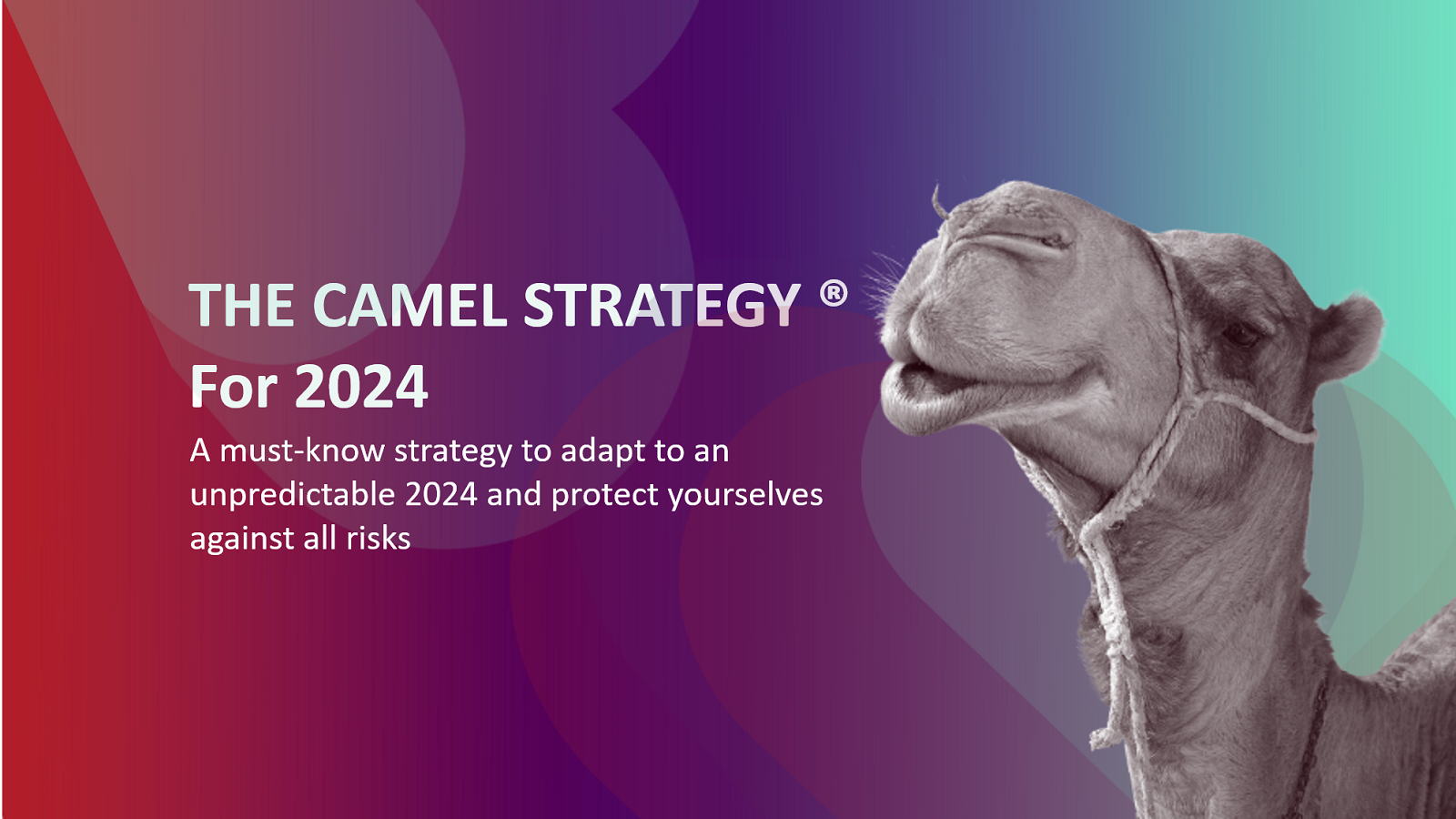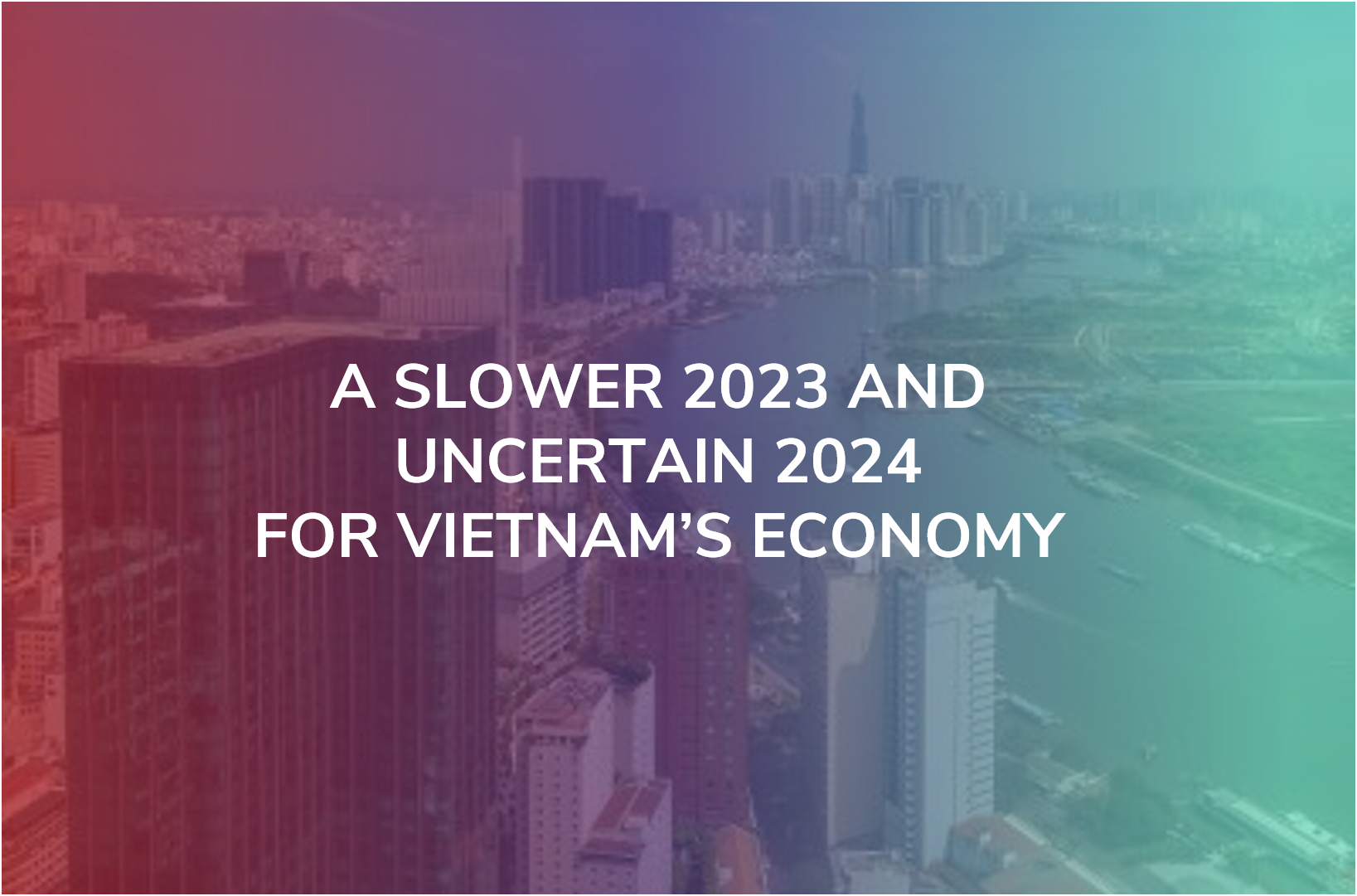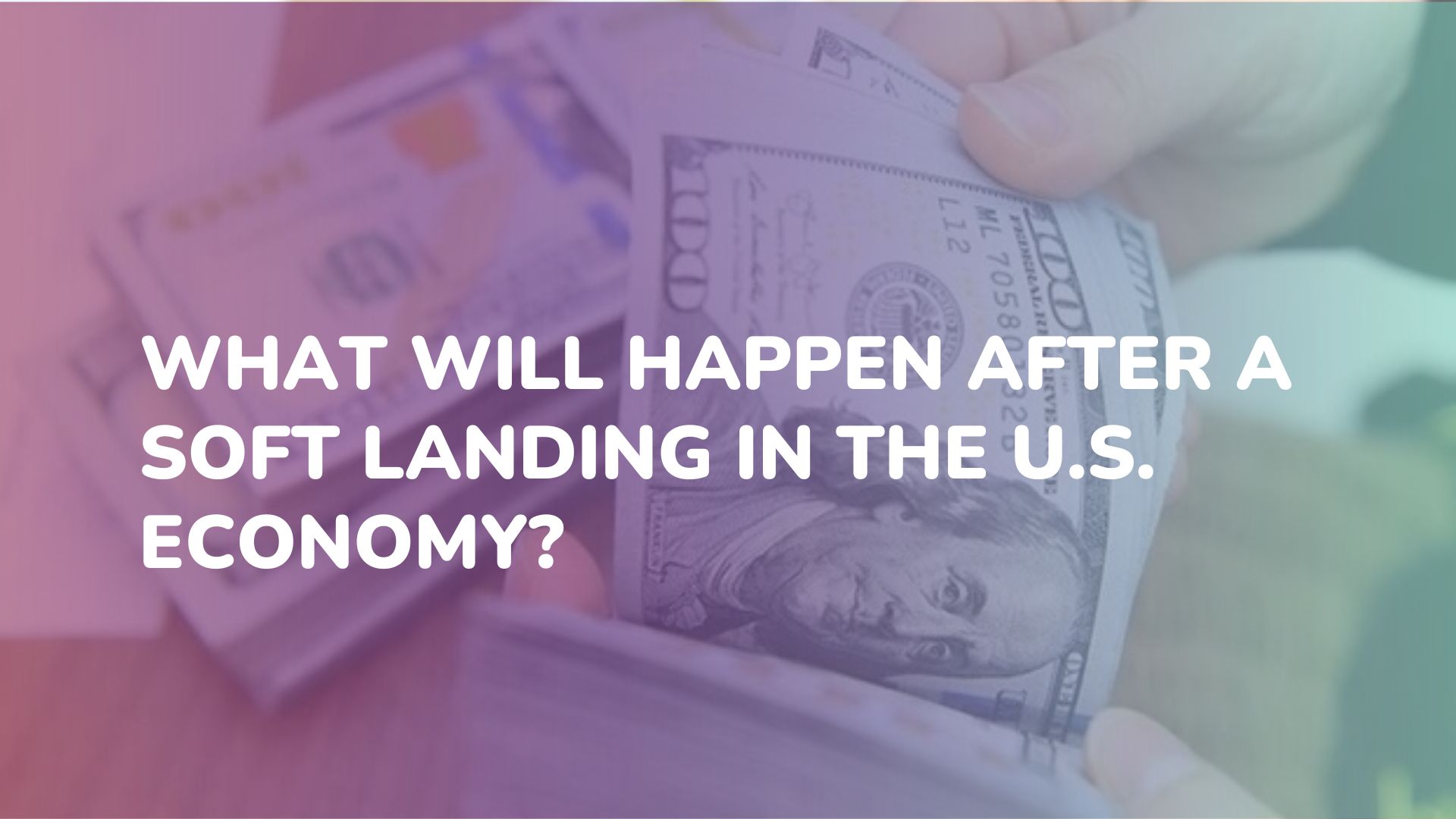4 Elements of a Successful Brand Refresh
A successful brand refresh does not happen in a single moment. There are no shortcuts. There is only a continuum of strategic, creative, and operational decisions that, if executed consistently, put a brand on the path to cultural relevance, consumer love, and business success. This story is much less exciting to tell, but much more effective in the long run.
To successfully reinvent your brand, you must rethink your approach to product, story, culture, and customer. Brand rebounds often seem simple, logical, and inevitable when they are taught in business school courses and cited in the media. But few revival attempts are successful, and in the uncommon event that they do succeed, they usually take years or decades to yield significant results.
Notable brands, such as Apple, Gucci, and McDonald’s refreshed their marketing strategy and successfully renewed customer interest. Each of these companies succeeded by focusing on a new approach to product, story, culture, and customer. Powered by organizational and operational changes, these four elements have become the pillars of sustained brand turnarounds.
Start with the Product
Throughout Gucci’s 101-year history the fashion retailer’s popularity has waxed and waned, and its business results have faltered and rebounded. Today, Gucci is the second largest luxury brand in the world. Its most recent revival began in 2015 with the appointments of CEO Marco Bizzarri and Creative Director Alessandro Michele. The changes they made that first year — notably a new creative vision, store refurbishments, and improved digital offerings — resulted in an annual revenue increase of 7.8%, an annual operating income increase of 21.7%, and an 86% increase in first quarter online sales compared to the same periods in 2015.
When Michele took over as Gucci’s creative director, he established the Gucci Look: an androgynous, hippie, renaissance mix of florals and sequins, glamour and glitz, surprise and whimsy, subversion and creative expression, accessories and prints that nod to equestrian motifs. Today, this maximalist, neo-Romantic look is instantly recognizable as quintessentially Gucci on the street and on the runway. “I feel Gucci!” and “That’s so Gucci!” are part of our cultural lexicon.
Apple underwent a similar product transformation. Shortly after his return to Apple in 1997, Steve Jobs called a meeting and lambasted his employees. “You know what’s wrong with this company?” he asked. “The products suck. There’s no sex in them anymore.” This meeting is rumored to have inspired the invention of the iMac. In the first five months of iMac’s existence, Apple sold 800,000 units, turning a profit of $309 million in 1998 and $601 million in 1999. The iMac marked Apple’s return to profitability.
Apple and Gucci understood that a signature brand aesthetic is crucial to a brand recovery. The more defined the aesthetic, the more curatorial rigor it offers to design, merchandising, and styling, and the more it allows these functions to align in delivering a new, shared brand experience. A signature brand aesthetic translates into core products, which are the purest distillation of what a brand is. For Gucci, these products are GG Marmont and Soho bags, Princetown slippers and loafers, the GG belt, GG canvas print, and 1970s-inspired suits and dresses. For Apple, these building blocks are the Mac, iPad, iPhone, Apple Watch, and AirPods.

These brand building blocks help to focus refreshes. Every brand, no matter the products it sells, should develop building blocks like these as it attempts to rebuild its brand. Even fast-food restaurants have signature products. McDonald’s has the Big Mac, McNuggets, and fries, but it struggled in the early 2010s because it attempted to expand its menu to appeal to a larger audience. In 2015, McDonald’s cut its menu offering and focused on price and quality. This “less, but better” decision helped lead McDonald’s sales to exceed $100 billion in 2019 and its operating margin to increase 43% year-over-year. Since its focus on core products, McDonald’s market value has nearly doubled to $160 billion.
Refine Your Brand Story
A clear and compelling brand story gives products context and narrative, which can help increase their desirability. When a brand sells products, it’s selling a story. When consumers buy products, they are buying into this story. The story internally unifies the organization and streamlines decision-making. It connects brand editorial with its product collections, steers design to incorporate narrative anchors (like recognizable pattern, clasp, color, or stitching) into products, and streamlines merchandising, styling, and marketing. In addition to being a valuable brand currency, brand storytelling is also critical for customer acquisition and loyalty. Once consumers buy into a brand story, they are less likely to leave or switch than when they just buy a product.

When Michele took over as Gucci’s creative director, he immediately began to revolutionize the brand narrative. He changed Gucci’s brand narrative from an overt focus on sexuality to a clearly defined maximalist, dream-like, and aesthetically excessive universe. Its story takes place in a world of secret gardens and mythical creatures. Crystals, ruffles, vivid color schemes, and baby dragons are all aspects of Gucci’s brand. Its wildly creative, eclectic, and inclusive world is consistently delivered in stores such as the Gucci Garden, a museum-like experience inside the Palazzo della Mercanzia, which sells only one-of-a-kind items; Gucci Osteria da Massimo Bottura, a series of upscale contemporary restaurants; and its other 483 global stores. In 2016, after Michele’s appointment, sales in directly operated stores increased 28.2% in the fourth quarter, with all regions delivering strong results. The rapid sales growth — Gucci’s fastest in the previous 20 years — is directly linked to Gucci’s new brand story.
Connect with Pop Culture
Cultural hooks reflect a brand’s role in the world and ensure its credibility with its target audiences. McDonald’s founder Ray Kroc often said, “We are not in the hamburger business. We are in show business.” McDonalds recently collaborated with celebrities J Baldwin, Travis Scott, and BTS on the “Famous Orders” collaboration, which named value meals after celebrities.
Although new and trendy connections to pop culture help to revitalize struggling brands, the fastest way back to cultural relevance is for them deconstruct what made the brand successful in the first place. Brand archives are a goldmine of beloved, and often abandoned, brand classics. As a brand grows and matures, it often forgets the spark that started it all. Old favorites that are part of the brand lore have the power to quickly re-engage both legacy and new fans by tapping into their real or invented nostalgia.
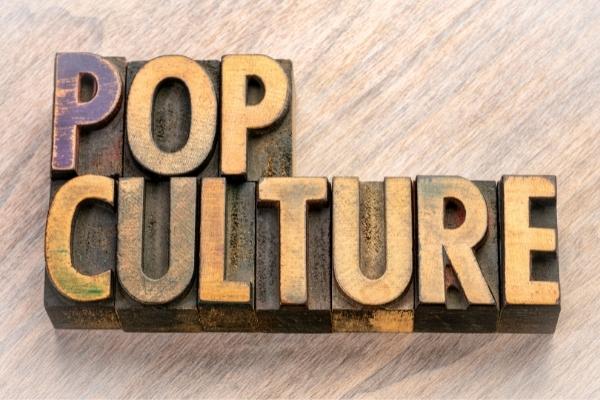
The Gucci 100 centennial campaign paid tribute to the brand’s history and impact on pop culture. It featured an exclusive collection of items that harken back to the brand’s century of fashion. Gucci launched 100 pop-up stores, and Spotify and Apple playlists featuring music that paid homage to the company’s enduring aesthetic. By evoking the brand’s themes through music, while mixing it with Gucci’s new and archival products, Gucci traded on its heritage and extended its product lifecycles.
This strategy can help to transport a brand’s history into the present and remind people of the product innovations that made the brand great in the first place. But it’s not enough to simply remix old products. Brands must transport that heritage to new customers and modern values. Gucci recently launched Vault, a site where the brand mixes old favorites with new designers who emphasize Gucci brand values, such as diversity, gender neutrality, and sustainability.
Know Your Customer
Apple, Gucci, and McDonald’s all had one thing in common when they began their brand revitalizations — they had a keen understanding of what their respective customers wanted. This isn’t always an easy undertaking. Companies have plenty of customer data, but they often lack customer insight. Customer data sits in different organizational functions that do not speak to each other, and when it’s presented, it’s usually hard to digest and act upon. To close this gap, brands should create a customer framework that is directional, actionable, and speaks to multiple internal stakeholders at once. This framework translates quantitative data into qualitative insights that are equally understandable to product designers as they are to media buyers, creatives, and merchandisers.
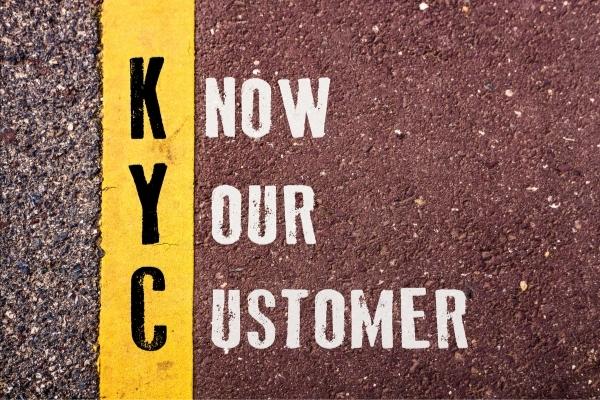
The first step in the process of building an actionable customer framework is to focus on the core customer targets, and go in-depth on their motivations and interests, media habits and key influences, core purchase points, and barriers to purchase. Identify the main characteristics they value, including attributes like trendiness, functionality, comfort, and status signaling. This will be different for every brand, which is why it’s critical that any brand attempting a comeback should conduct this research before making critical planning decisions.
A successful brand revival does not happen in a single moment. There are no shortcuts. There is only a continuum of strategic, creative, and operational decisions that, if executed consistently, put a brand on the path to cultural relevance, consumer love, and business success. This story is much less exciting to tell, but much more effective in the long run.
Source: https://hbr.org/2021/12/4-elements-of-a-successful-brand-refresh?ab=hero-subleft-1
Metta Marketing
Leading Brand Strategy Consultant
SUBSCRIBE TO RECEIVE LATEST UPDATES ON MARKET AND MARKETING.
